The housing market has been the focus of many social and political discussions in recent years, with Generation Z, those who are now seeking to enter the housing market, finally placing their hands on the wheel of homeownership. This transition to a new generation of residents, those who are dealing with increasing property prices and what is being referred to as a cost of living crisis, is causing quite a stir in design and property trends. One such example is the disappearance of the garden shed.
Despite standing the test of time for so long, garden sheds, those familiar wooden structures sitting complacently at the end of a garden space, are now disappearing from the neighbourhood landscape as a new generation of buyers are scrutinising the value they are getting from their outdoor space.
As house prices rise, it is increasingly important that buyers see a return on their investment. This is one of the most significant factors facing the garden shed. Having a portion of garden space taken up by a wooden structure used entirely to store infrequently used belongings, many of which are slowly being replaced with more space-efficient alternatives, no longer seems sensical.
Take, for example, the lawnmower. Once, these large machines needed a structure that would cover them from the rain when not in use. They are expensive, space inefficient, and seldom used. In the modern day, residents prefer to hire a gardener or, more often, purchase a small robot grass mower instead, those that operate automatically and take up the same space as a dinner plate. This single shift in technology places great pressure on the justification of a shed.
Not only is the usefulness of a shed being questioned but there is also the pressure for homeowners to establish greater utility in their garden too. Remote working culture is leading residents to create offices at home. Since many homes are ill-equipped to establish a functional office indoors, residents are converting their sheds and building log cabins instead.
These structures provide the opportunity for a more regular and valuable use of residential gardens. No longer do outdoor spaces solely offer the chance for residents to relax in the summer but they can also be the location of a business, an entertainment space or dining area, as well as a guest room for the accommodation of visitors. Each of these utilities offers a far greater return on investment for buyers, which is especially important as house prices rise.
Moving forward, it seems that Gen Z will continue to scrutinise what traditional home designs should continue to be given a place in a home. Gardens themselves are losing the common aesthetic of being a decorative space, those with neat flower beds and tidy lawns. Instead, they are becoming functional, with more vegetables being grown, rainwater collected, and solar panels installed. These carbon-friendly pursuits make constant and ethical use of a garden space, offering a more significant sense of fulfilment that the regular emptiness of alternative designs, designs that include the garden shed.





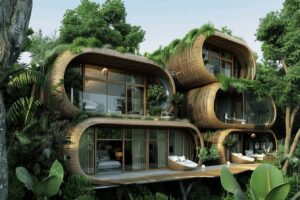
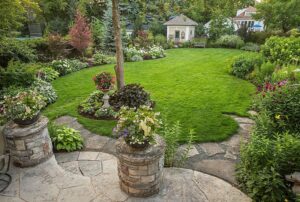
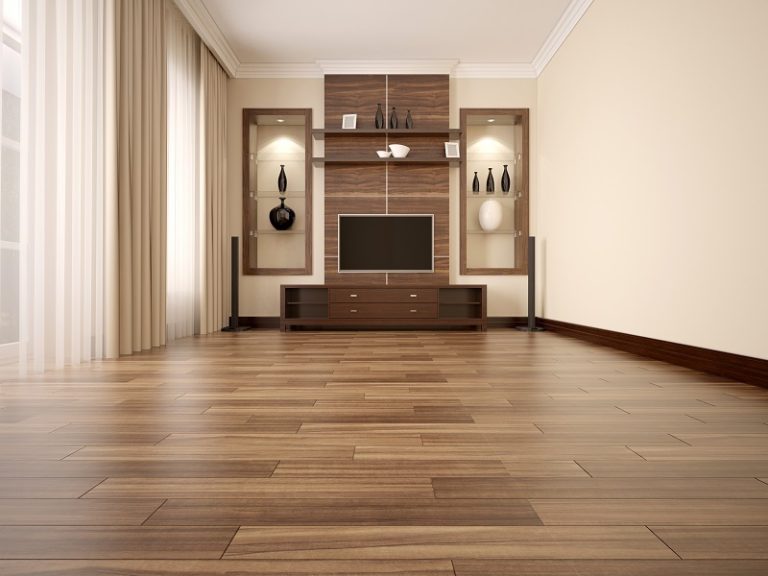

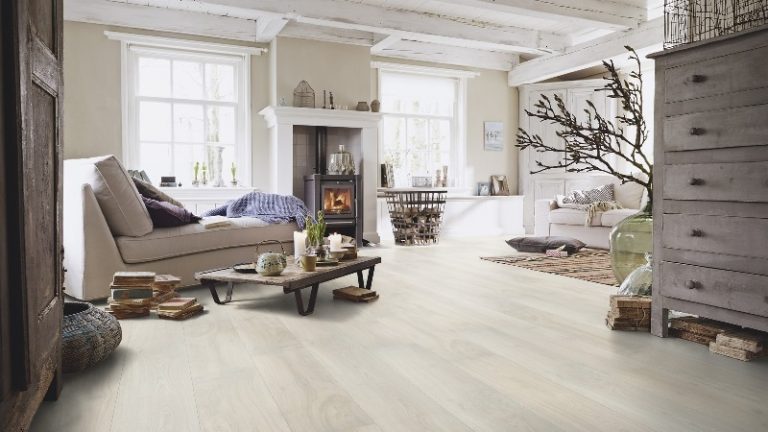
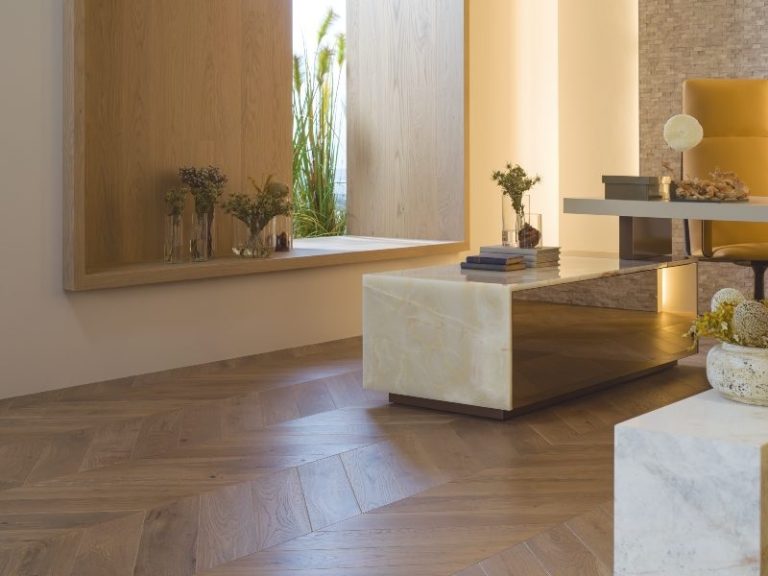
+ There are no comments
Add yours